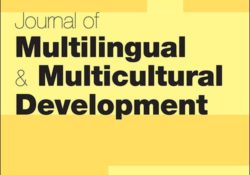tandfonline.com – Measuring the multilingual reality: lessons from classrooms in Delhi and Hyderabad
tandfonline.com har udgivet en rapport under søgningen “Teacher Education Mathematics”: ABSTRACT ABSTRACT India’s linguistic diversity is reflected in classrooms across the country, where multiple languages are used by teachers and learners to negotiate meaning and instruction – a multilingual, multicultural student body is the norm, whether in urban or rural contexts. This study documents teaching practices in English language and maths lessons in Delhi and Hyderabad, with a specific focus on language use. The findings from 104 classroom observations allow us to profile multilingual practices used in schools with different official mediums of instruction. Results reveal a predominant use of ‘language mixing’ in the classroom, in both English- and regional language-medium of instruction contexts – especially in English subject lessons. Maths lessons in regional-medium schools did not involve as much… Continue Reading

